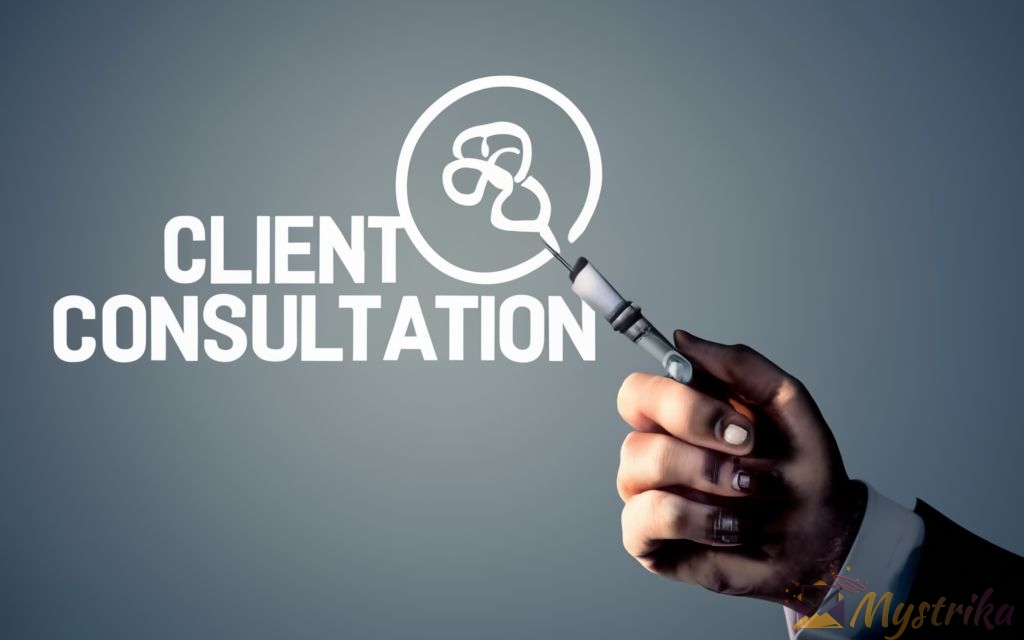Turning prospects into clients starts with an effective consultation. Make a powerful first impression and set your pipeline up for success with these proven techniques for scheduling, onboarding, and optimizing your discovery calls.
Choosing Between Phone, Email, or Instant Messaging for Client Communication
When reaching out to schedule an initial consultation with a new client or prospect, one of the first decisions you’ll need to make is how to get in touch with them – should you pick up the phone, send an email, or use an instant messaging platform? There are pros and cons to each communication channel that are important to consider based on your specific situation and goals.
Factors to Consider
Here are some key factors to weigh when deciding between phone, email, and instant messaging:
Urgency
- If you need to get in touch ASAP, the phone is likely the best option, as you can get an immediate response or at least leave a voicemail right away.
- Email and messaging have more lag time, as the recipient may not see the message for hours or longer. Use email or messaging if the scheduling request is not time sensitive.
Need for Documentation
- Phone calls are great for personal connection but do not provide a written record of the conversation.
- If you think you may need documentation of the scheduling details or discussion later, an email or messaging transcript may be preferable.
Building Rapport
- Hearing someone’s voice and tone can help build more of a connection, versus brief impersonal emails.
- However, some people express themselves better in writing, so allow them to choose email if preferred after initial contact.
Follow-Up Ease
- With emails and messages, you have a thread you can easily refer back to and continue if needed.
- Phone calls will require taking careful notes if extensive follow-up is expected.
Best Practices for Each Communication Channel
Once you’ve decided which method fits your situation best, keep these tips in mind:
Phone
- Keep it brief – Respect the recipient’s time and keep the call focused just on scheduling.
- Offer flexibility – Provide a few options for days/times that work for an initial consultation.
- Speak clearly and listen actively – Make sure your request is understood and you understand their availability needs in return.
- Take notes – Document any key details about scheduling, contact preferences, and next steps discussed.
- Use an informative subject line – “Request for consultation” is direct and easy to identify.
- Introduce yourself – If this is your first outreach, share your name, company, and how you got their contact.
- Note constraints – Mention if you are only available certain days/times.
- Provide options – Give 2-3 options for scheduling to speed up the process.
- Close with next steps – Share what they can expect after a date/time is confirmed.
Instant Messaging
- Personalize your message – Add their name, company, and a warm greeting to start.
- Ask if it’s a good time – See if they can briefly discuss scheduling before launching into your request.
- Be flexible – Have a few dates/times in mind to suggest, but be open to when works best for them.
- Keep it tidy – Use proper grammar and punctuation even in messaging for a professional tone.
- Wrap up with next steps – Recap booking details and share what the next communication will be.
Let me know if you would like me to modify or expand this section in any way. I aimed to provide an overview of considerations and best practices when choosing phone, email, or messaging for client communication and scheduling. Please provide any feedback to improve the information provided.
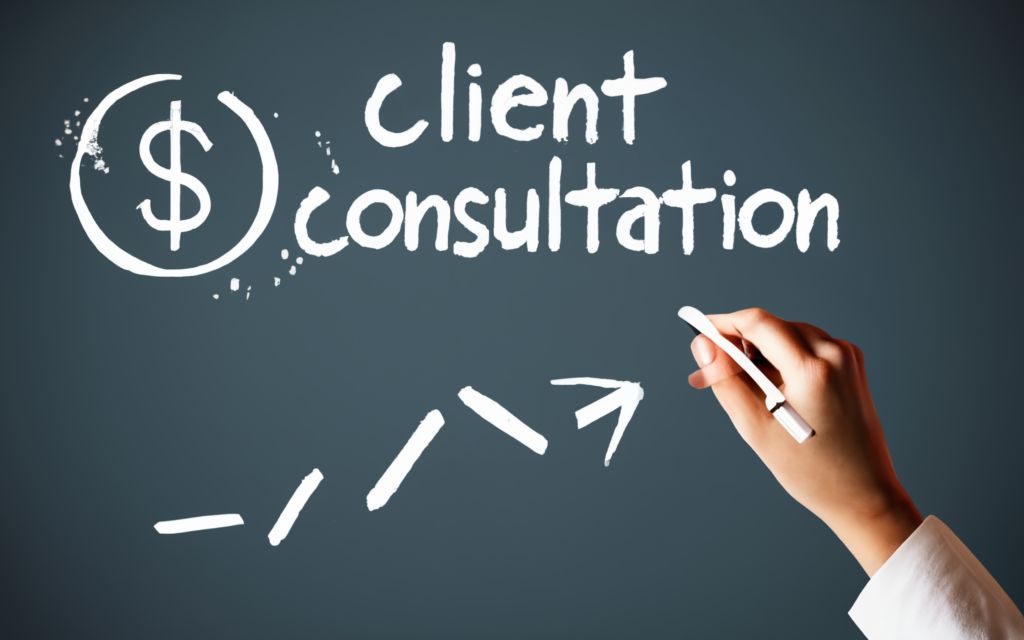
Best Practices for Booking Consultation Meetings with Prospects
Once you’ve made initial contact with a prospect and they’re interested in scheduling a consultation, you’ll want to lock in a meeting time smoothly and professionally. Follow these best practices when booking consultations to maximize your scheduling conversions.
Scheduling and Calendaring Tools
Streamline booking with online scheduling software or tools integrated into your calendar platform. Options like Calendly, Acuity, and Zoho Bookings allow prospects to pick available times that work for them and instantly get added to your calendar. Benefits include:
- 24/7 automated self-scheduling for prospects
- Syncs with your existing calendar
- Reduces back-and-forth emails negotiating availability
- Easy to share booking links via email, website, social media
Calendar apps like Google Calendar, Outlook, and Apple Calendar also have appointment slots, appointment reminders, and calendar sharing capabilities useful when prospects book directly with you.
Intake Forms
Collect key information upfront using online intake forms. These forms can request availability preferences, contact and company details, discovery call goals, and any other relevant data.
Information to gather may include:
- Full name, email, and phone number
- Company name and industry
- Appointment goals, topics for discussion
- Preferred meeting length
- Timezone or location
- Availability preferences
- Anything needed to prepare for call
Online form builders like Typeform or Google Forms make it easy to create professional, customized intake forms that integrate with your scheduling tools and CRM.
Appointment Reminders and Confirmations
Once a meeting is booked, immediately send a confirmation summarizing appointment details. Follow up again closer to the call date with a reminder. These communications should include:
- Date, time, and any login details for virtual meetings
- Agenda or topics to be covered
- Links to any helpful resources to review beforehand
- Contact person’s name and phone number
Automated confirmation and reminder emails are usually available through scheduling systems. Alternatively, calendar apps or CRMs allow creating templates to customize messages.
Text message reminders are also effective. Just be sure to get consent first and follow guidelines for professional business texting.
Day Before Appointment Prep
- Re-confirm meeting time and send reminders
- Make sure all technology/tools needed for virtual consultations are ready
- Review any notes on prospect goals, questions, or needs
- Outline talking points and agenda items you wish to cover
- Have intake form, contracts, and payment links accessible
- Test microphone, webcam, screen sharing, etc. for video chats
Thorough preparation sets a professional tone and maximizes the value of the discovery call for converting leads.
Day of Appointment
- Arrive early (for in-person meetings)
- Send “on my way” or “ready when you are” message
- Greet prospect promptly and confirm agenda
- Listen closely, take notes, and adjust based on prospect needs
- Wrap up with clear next steps and share any additional resources
- Send thank you and include links/attachments discussed
Staying organized, flexible, and attentive during meetings makes prospects feel valued and eager to move forward.
Let me know if you would like me to modify or expand on any part of this section. I aimed to cover key best practices around online booking tools, intake forms, reminders, and pre-meeting preparation when scheduling client consultations. Please provide any feedback to improve the draft.
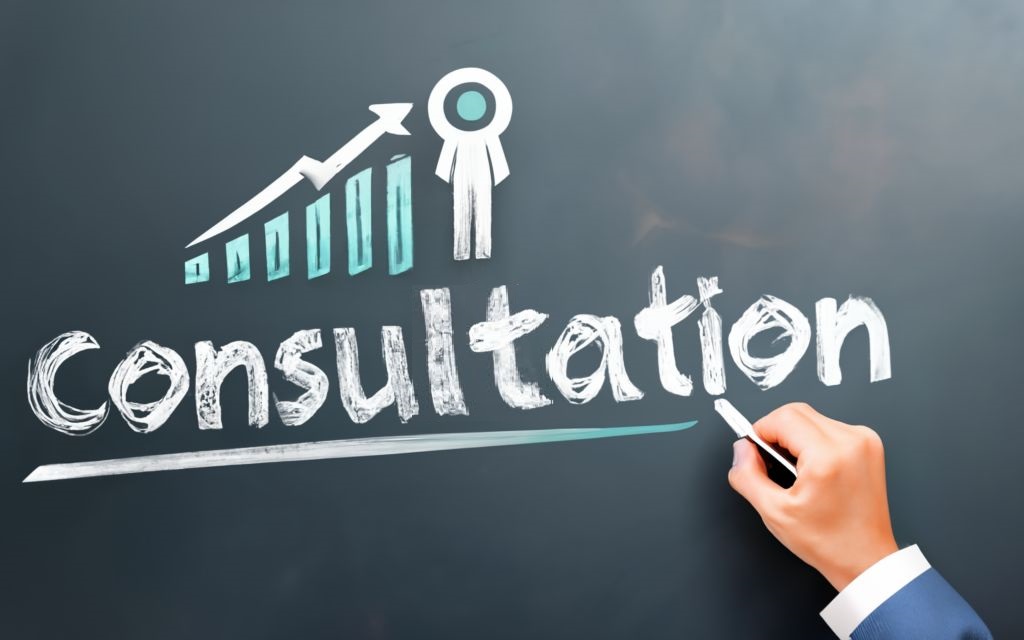
Crafting Call-to-Action Messaging to Encourage Consultation Sign-ups
A strong call-to-action (CTA) could be the difference between a prospect moving forward with a consultation booking or abandoning your website. Follow these tips for creating CTAs that convert across scheduling pages, emails, and other touchpoints.
Scheduling Page CTAs
Your booking page, Calendly link, or scheduling widget CTA text should immediately prompt visitors to take the next step. Best practices include:
- Clarity on the action – “Schedule a Consultation” or “Book a Discovery Call” leaves no room for ambiguity.
- Sense of urgency – “Get booked now” or “Schedule today” encourages immediate action.
- Benefit-focused – “Claim your free 30-min consultation” highlights the value.
- Visually bold – Use contrasting colors, larger font, and plenty of white space to draw attention.
- Above the fold – Place the CTA button/link at the top so it’s seen without scrolling.
- One clear path – Eliminate distractions and provide a singular way forward.
Email CTAs
CTAs in cold outreach or follow-up emails should also guide recipients seamlessly towards booking. Effective email CTA strategies include:
- Lead with the CTA – Put the call-to-action button or link immediately after your introductory paragraph so recipients see it right away.
- Explain benefits – E.g. Schedule a free 30-minute consultation to discuss optimizing your digital marketing strategy.”
- Soften with a question – “Have some gaps in your social media approach? Book a call to review options.”
- Give options – Provide different booking lengths or topics to choose from.
- Add urgency – Include time-limited language like “Claim your consultation spot this week”.
- Keep it simple – Limit to just one or two clear calls-to-action per email.
Social Media CTAs
Finally, optimize CTAs in your social media booking prompts as well using these tips:
- Pique interest – Ask an intriguing question or teasaser in your post copy.
- Share benefits – Highlight what they’ll discover or take away from the consultation.
- Leverage media – Include images, videos, or other engaging media.
- Use hashtags – Relevant hashtags help surface your post.
- Tag your page – Mentioning your business name in a comment also spreads reach.
- Reminder CTAs – Follow up comments driving viewers back to your link.
- Track performance – Use tools like Google Analytics to see your top conversion paths.
Compelling CTAs are critical across all platforms. Take the time to craft and test language, visual presentation, placement and other elements that will motivate your prospects to schedule.
Let me know if you would like me to modify or expand on any part of this CTA section. I aimed to provide tips on optimizing call-to-action messaging to drive scheduling conversions across websites, email, and social media outreach. Please provide any additional feedback.
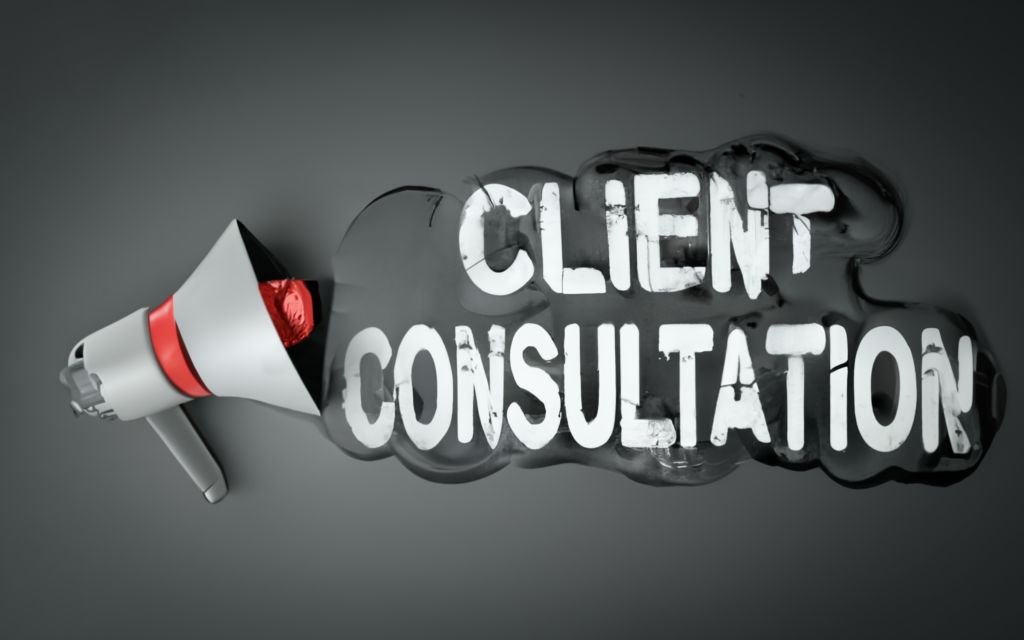
Optimizing the Client Onboarding Process After Scheduling
The client onboarding process after a consultation is booked but before the call takes place is crucial. Use these tips to set expectations, gather key information, and start building the relationship.
Scheduling Confirmations
Immediately send confirmations when appointments are booked to:
- Thank them for booking
- Share appointment details
- Set expectations for the call
- Provide any prep materials
- Open communication channels
Helpful details to confirm include:
- Date, time, virtual meeting link
- Agenda or topics being covered
- Names and bios of attendees
- Any forms to complete beforehand
- Instructions for prep if needed
- Invoice/payment if applicable
Reconfirm a few days prior as well. Prompt confirmation instills confidence in the professionalism of your services.
Pre-Call Questionnaires
Send intake questionnaires after booking to gather additional context before calls. Useful questions may include:
- Background on their company, role, goals
- What key challenges they face
- What they hope to achieve from the consultation
- Any topics they want to specifically discuss
- Other stakeholders involved in decisions
- Technical capabilities or limitations
- Budget considerations
- Measurable targets they want to hit
Online form builders make it easy to create branded, customizable questionnaires. The insights help tailor your session content.
Payment Collection
If your discovery calls are not free, provide a payment link or invoice when sending booking confirmations. Automated billing and payment collection through tools like Stripe, PayPal, or Freshbooks simplifies this process.
Make sure you:
- Clearly communicate payment expectations upfront
- Send friendly payment reminders prior to call if needed
- Provide receipts upon payment received
- Have refund policies outlined in case of cancellation
Handled professionally, payment collection doesn’t need to feel awkward or inconvenient for prospects.
Resource Sharing
Share relevant resources like:
- Educational content to consume before call
- Product tutorials or demos they can access
- Questionnaires to fill out ahead of time
- Proposals, contracts, agreements to review
- Brief company/service overviews
This content primes prospects by demonstrating your expertise and building familiarity with your offering pre-call.
Ongoing Communication
- Check in a few days prior to confirm again
- Answer any prep questions promptly
- Provide appointment reminders
- Set up chat channels they can access if needed
- Follow up after call with resources discussed
Keeping communication open demonstrates responsiveness and enhances the onboarding experience.
Let me know if you would like me modify or expand on any part of this section on optimizing client onboarding between booking and the consultation call itself. Please provide any additional feedback.
Tracking Analytics to Continuously Improve Consultation Conversion Rates
Leveraging data and analytics is key for optimizing your scheduling and consultations over time. Implement tracking to measure KPIs across lead quality, conversions, no-shows, and lifetime value.
Tracking Overall Booking Volume
Tools like Calendly, Acuity, and Zoho Bookings provide dashboard analytics on:
- Total bookings per day/week/month
- Booking conversion rates from scheduling links
- Top booking days/times
- Average booking lead time
- Bookings by service type, length, etc.
Review regularly to identify trends and opportunities to improve booking rates.
Evaluating Lead Quality
Indicators of lead quality to track include:
- Fit: Relevance of prospect’s needs to your offerings
- Recency: Freshness of prospect contact data
- Source: Originating marketing channel (email, SEO, social, etc)
- Engagement: Website pages visited, downloads, form fills, etc.
- Demographics: Industry, role, seniority, company size data
CRM platforms centralize this data for segmentation, scoring, and prioritization.
Measuring Scheduling Conversions
Calculate conversion rates for prospects:
- Contacted → Scheduled (scheduled meetings / total prospects contacted)
- Scheduled → Held (completed meetings / total booked meetings)
- Held → Converted to Customer (new customers / discovery calls held)
Aim for at least a 10-15% conversion rate from prospect contacted to booked.
Reducing No-Shows
No-shows decrease productivity. Try:
- Confirming bookings via phone/text, not just email
- Collecting credit card details
- Charging cancellation fees
- Overbooking and allowing walk-ins
- Automated reminders
Aim for <10% no-show rate. Evaluate if any campaign, rep, or channel correlates.
Calculating Lifetime Value
Analyze customer LTV:
- Avg Transaction Value: Total revenue / number of transactions
- Avg Transactions per Year: Total transactions / number of years as customer
- Avg Lifetime: Average customer tenure
- LTV = Avg Transaction Value * Avg Transactions per Year * Avg Lifetime
Top clients have highest LTVs. Offer them VIP treatment and upsell opportunities.
Ongoing optimization using analytics ensures your scheduling and sales processes continually improve. Identify what works and eliminate what doesn’t.
Let me know if you would like me to modify or expand on any part of this analytics section. Please provide any additional feedback.
Key Takeaways
Scheduling initial consultations is a critical first step in the sales process. Keep these best practices in mind:
- Choose communication channels like phone, email, or messaging wisely based on urgency, need for documentation, and relationship building.
- Leverage scheduling tools and intake forms to book meetings efficiently. Send confirmations and reminders promptly.
- Craft compelling CTAs across booking pages, email campaigns, and social media.
- Onboard thoughtfully by sharing prep materials, gathering context, collecting payment, and maintaining contact.
- Track KPIs like bookings, lead quality, conversion rates, and lifetime value to continually optimize.
With a structured and strategic approach to requesting and scheduling client consultations, you can scale your qualified pipeline and improve sales outcomes over time. Automating where possible helps you focus on providing value during discovery calls with promising prospects.
Let me know if you would like me to expand or modify this key takeaways section in any way. Please provide any additional feedback.
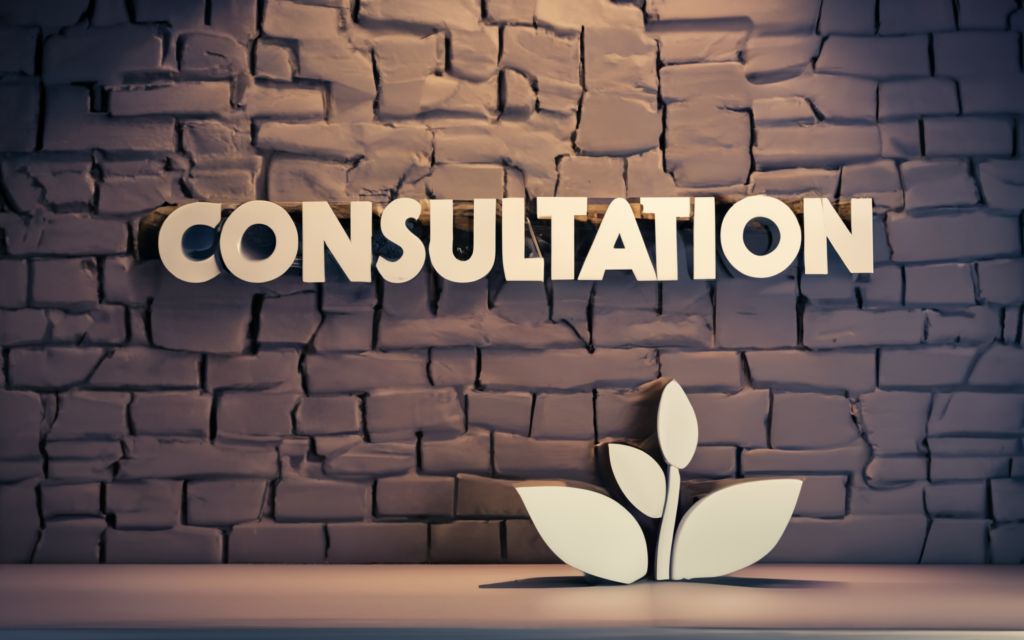
Frequently Asked Questions
Q: What is the best channel for requesting a consultation – phone, email, or messaging?
A: It depends on the situation. Email works well for non-urgent meeting requests and provides documentation. The phone is great when you need to connect right away. Messaging can be ideal for a quick back-and-forth to find a time. Evaluate based on the relationship stage, need for immediate response, and communication preferences.
Q: How far in advance should I try to book consultations?
A: Aim to schedule meetings at least 3-5 days in advance when possible. This gives you and the prospect time to prepare. However, sometimes meetings do need to be requested and booked more urgently or on shorter notice based on circumstances.
Q: How long should an initial consultation meeting last?
A: 30 minutes is usually ideal for an introductory call to qualify needs and determine fit. For more complex services or products, consider offering 45-60 minute discovery sessions. Always be flexible to the prospect’s availability as well.
Q: What should I include in a pre-consultation questionnaire?
A: Good questions cover background on their company, role, goals, challenges, topics they want to discuss, stakeholders involved, timeline, budget, and technical considerations. The insight helps tailor the consultation agenda.
Q: When should I follow up after a consultation call?
A: Send a thank you, recap, and any promised resources within 1 business day. Additionally, consider scheduling a follow up contact 4-7 days later to solidify next steps discussed and continue moving the prospect forward in your sales pipeline.

